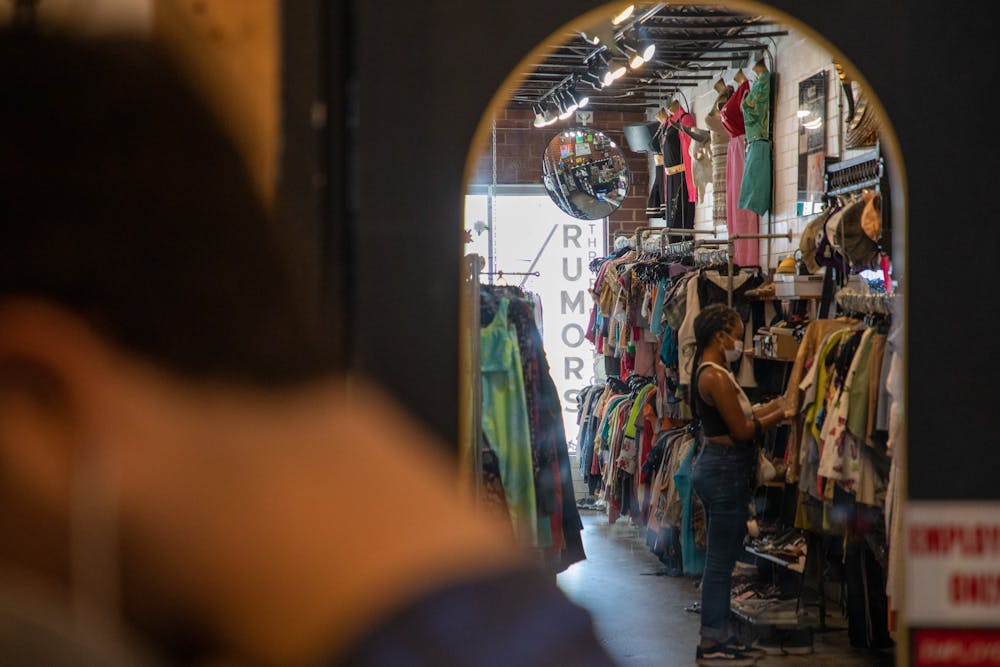Women’s magazines are often perceived as frivolous in the world of media. Foundational concepts of fashion and beauty are constantly seen as the sole cornerstone of women’s magazines, feeding into the stereotype that female-oriented publications deal only with shallow, surface-level topics.
But women’s magazines are so much more than that.
Various woman-dominated publications have started to fuse social justice into their creative visions. This development is the new cornerstone of women’s magazines, which are now flourishing under the leadership of powerful female leaders and storytellers.
I sat down with the executive editor of Harper’s Bazaar, Leah Chernikoff — who took part in leading the magazine to its first American Society of Magazine Editors award in General Excellence — to discuss in depth how women’s magazines are revolutionizing journalistic mediums and spearheading coverage of key issues.
Chernikoff said women's magazines have had bad reputations for perpetuating some harmful beauty ideals over the years.
“At the same time, women's magazines were often the only place where there was very serious attention being paid to women's issues that weren’t being otherwise addressed in other mainstream publications," she said.
Prior to her position at Harper’s Bazaar, Chernikoff worked to advance this mission in other creative spaces, such as ELLE magazine.
At ELLE, she oversaw storytelling projects ranging from topics on how abortion restrictions affect women’s reproductive health to the socioeconomic implications of the Flint water crisis. She led and created partnerships of creators and activists to bring the stories to life, including award-winning women’s issues and politics writer Mattie Kahn and social justice artist LaToya Ruby Frazier, a pair that worked together to document communities in Flint.
Now, at Harper’s Bazaar, Chernikoff is proud to be a part of another vibrant community of empowering storytellers who are reinventing journalism through a fresh and innovative artistic direction.




